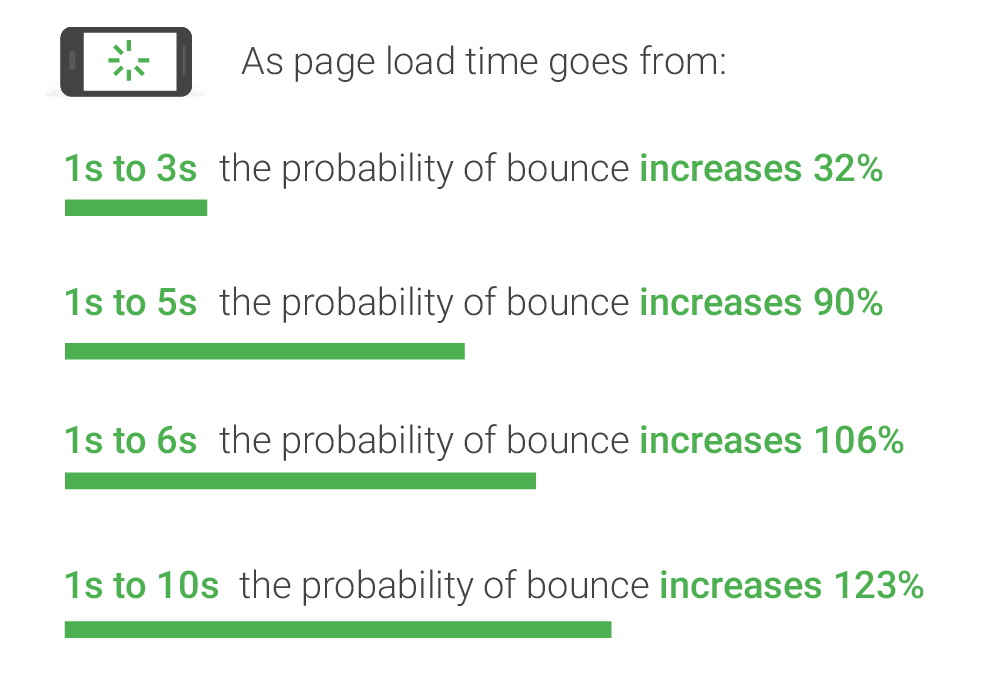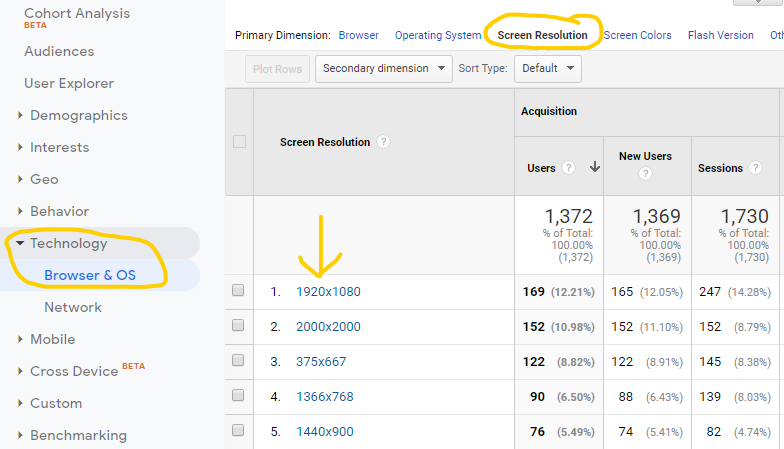The best long-term SEO strategy is to align the goals of your website with the goals of search engines.
Search engines try to provide the best experience for the user. If your website provides the best solution for the keyword, then your website will rank at the top.
Keep the User in Mind
You can try the next new SEO gimmick, but any traffic boost you gain isn’t likely to last because Google updates its algorithm more than 500 times a year. At the end of the day, Google is seeking to provide the best result and experience possible for the user.
With each change you make, you need to keep your desired audience in mind. If you are always improving your website for your users and providing them with a high-quality experience, you will see long-term success.
Create an amazing experience for your users because both you and Google want them to be satisfied. Always prioritize the needs of your readers over specific SEO tactics.
With that being said, now we can dig in to some specific things that can be done to provide a good user experience.
Publish High Quality Content
Content is important. For over a decade, people have been preaching that ‘content is king’. With such a strong emphasis on producing more content, it’s easy to publish low-quality content.
For content to be a successful SEO tool, it needs to be high quality. Write content that people want to read.
Don’t worry about keyword density or word count. Use the keyword as many times as you need for the article to make sense. And make the content as long or as short as you need to express your point clearly. Don’t add fluff just to add words. Don’t worry about word count or keyword density. Just write a good article.
What does high-quality content look like?
A high-quality article will be easy to read. It gets to the point and provides information that the reader cares about.
In addition to its content, a high-quality article should be formatted in a way that’s easy to read. Most online readers like to scan content before they read it in its entirety. To make it easier to scan, make sure you include subheadings, bullet point lists, and bold text.
Adding media elements such as images, charts, graphs, and video also enhances the content and gives it a greater appeal to people.
Add Content People Care About
The other piece of the puzzle to long-term SEO success is to write about topics that people care about.
You know that you need to write high-quality content, but if no one is looking for content about that topic then you’ve wasted your time.
Perform keyword research and prioritize your content schedule based on demand.
Make Your Website Easy for Your Readers
So, once you have content that your readers care about and you’ve spent time making it outstanding, you then need to make sure that there are no other hurdles for your readers.
Make Your Site Easy to Navigate
Make it as easy as possible for users to find the content they need on your website.
Not only should your main navigation menu be clear and concise, you should also include internal links. Whenever an article mentions a topic that is discussed in one of your other articles, add a link if you think it would be a beneficial to the reader.
This will help SEO and make it easier for search engines to crawl your website. But the main reason why you should add internal links is because it keeps readers on your site longer as they browse more and more resources. If you have information that will help them, make it easy for them to find.
Don’t Make Your Readers Wait
The longer you make your readers wait, the higher the chance they’ll leave your site. 53% of mobile site visitors leave a page that takes longer than 3 seconds to load.

Google has a PageSpeed Insights tool that analyzes the page speed of your website. Just enter your URL and it will analyze the page. You will then receive results that display the current speed and a list of changes you could make to improve it.
You can also look into implementing AMP to improve your mobile page speed.
Make Sure Your Site is Great on Every Device
You want your site to be mobile friendly. But even more than that, you want your site to work great on the resolutions your readers use.
You can use Google Analytics to find out what resolutions are the most common for your website. Just go to Audience > Technology > Browser & OS. Then, on the Primary Dimension text link tabs (directly above the data), click Screen Resolution. This report will show you the most common screen resolutions for your website.

Review your website on different devices and resolutions to make sure that it’s always a great experience.
Remember: SEO is a Long-Term Strategy
It’s important to be patient when trying to improve your SEO. Any SEO strategy worth doing will take time.
If you find a hack that provides quick SEO results, it will probably only help you for a short time.
If you want to see long-term success, you need to have a long-term plan. Don’t think of SEO as a one-time project. Instead, create habits and routines to make SEO a part of your everyday strategy.
What routines do you have in place to make SEO an ongoing part of your marketing efforts? Please let us know in the comments!
Do you want to listen to this article? Here’s the podcast episode:
